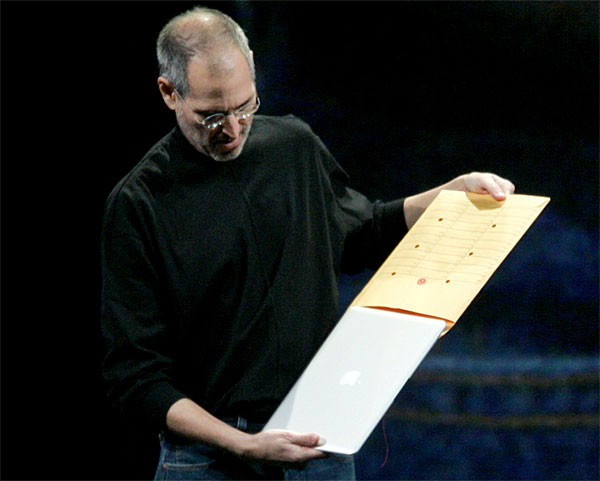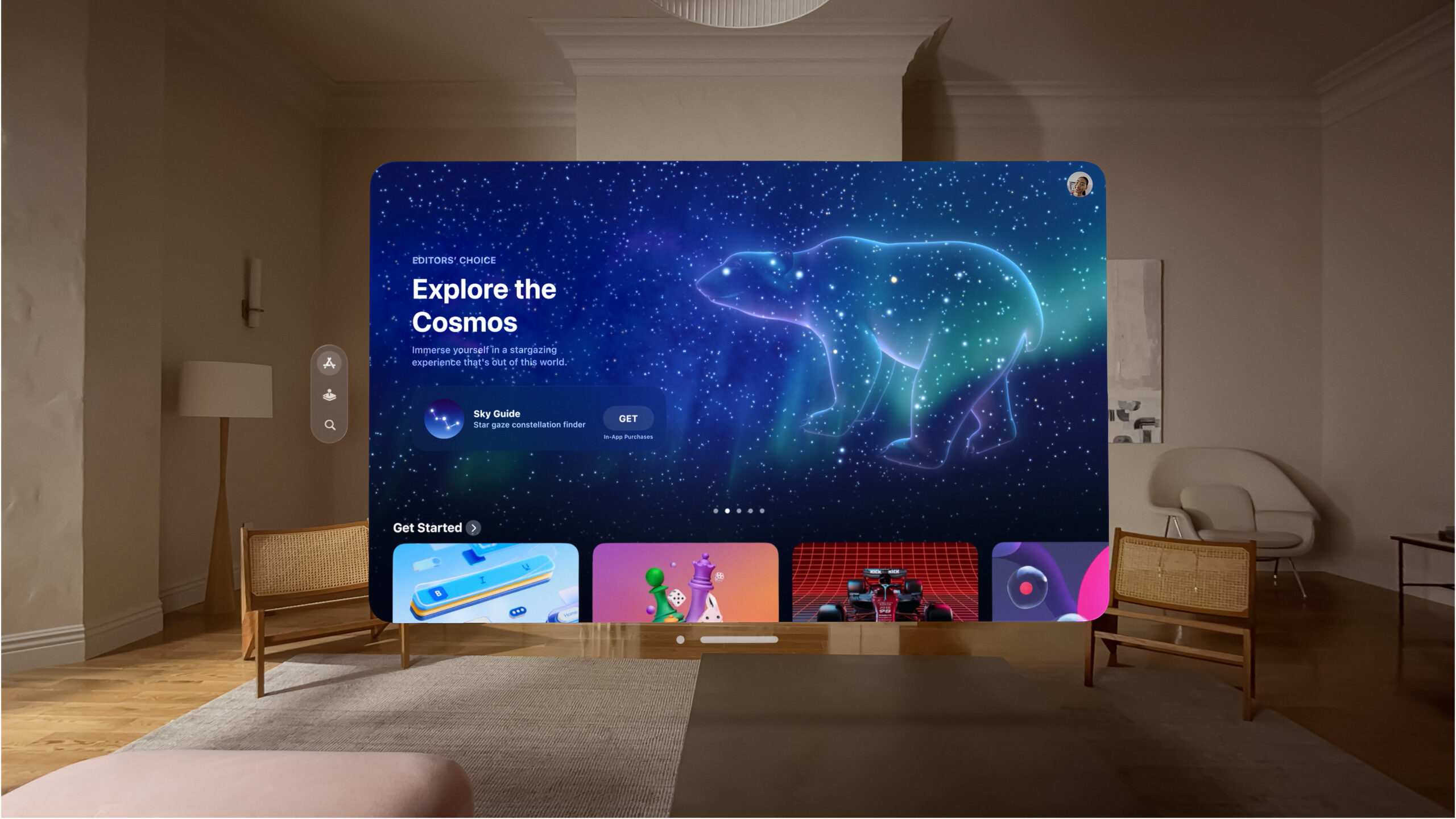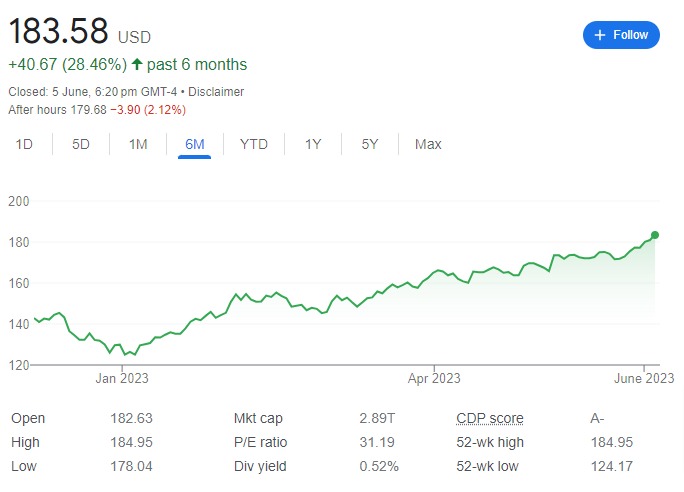
Apple Vision Pro: Is this the iPod moment for the metaverse?
Apple has just dropped the Vision Pro – a headset that promises to bring mixed reality and the metaverse to the people. What does this mean for the advertising industry? Ex-tech journo and Mumbrella editorial director Damian Francis share his thoughts.
With the release of Apple’s Vision Pro headset and all-new UI, the metaverse has just had its iPod moment, and the advertising industry will be refocusing its gaze on the possibilities in a much sharper way.
Early this morning Australian time at its annual Worldwide Developers Conference, Apple finally took the covers off its highly anticipated AR/VR headset. It’s a typical mixed reality headset with an Apple twist.

Apple Vision Pro
In other words, it arguably looks better than any other insanely expensive headset around. And you can see the user’s eyes through it. That’s new… And weird.
But the reality (sorry) is that with the introduction of the Apple Vision Pro, the metaverse has become far more serious than what a $10 billion investment from Meta could do.
It brings it to mass audiences and helps it shed any confusion around whether it is simply a gaming accessory.
Apple has a habit of being able to turn weird ideas into reality and bring products into the market that show the first signs of the complete picture. A laptop that fits into an envelope. An MP3 player that could fit thousands of songs into your pocket and actually looked good.

Jobs launching the Macbook Air
The Macbook Air and iPod revolutionised their individual technology subsectors, but not after initial falters and slow take ups.
A key element that separates these products from other technology is the marriage between hardware and software. It’s what makes Apple, Apple.
By spending as much time on the user experience as it does on the hardware, it gives the product a far better chance of getting a foothold in a market already crowded with new technology. The Apple Vision Pro is no different.
AR/VR finally has a UI that is familiar. It’s arguably not the only one that looks good and works. Some would argue Google Glass was useable. But this takes significant elements of the look and feel of MacOS, iPadOS and iOS and plonks it into the mixed reality world. Any consumer looking at it that hasn’t baulked at the US$3,499 price tag will likely have a feeling of familiarity straight away.

UX is central to the Vision Pro
That’s what makes this product so important for the metaverse and for the advertising industry. If the metaverse is going to take off in the near future it needed a boost that could bring it to the masses. In Apple, it has found that partner.
According to McKinsey, the metaverse could create US$5 trillion in value by 2030. In 2022 US$120 billion flowed into it. But this hasn’t stopped doubt seeping into the market. Recently The Information reported that Meta has stopped pitching metaverse advertising in meetings, while Disney disbanded its entire metaverse department.
Despite this, investment from marketers remains strong. According to the IAB in the US, 20 percent of marketers are already spending in the metaverse while 36% are considering it. Interest in the metaverse is still heavy, but investment is harder to justify especially in the current climate. That may change now as agencies and marketers see a revitalisation in the direction of the metaverse thanks to the Apple Vision Pro.

NASDAQ: AAPL
A revitilsation certainly came in terms of the stock price for Apple, which is up over 40 percent over the last six months, and continued that trend directly after the announcement of the new product.
But before the advertising industry jumps in head first, a few things need to be considered.
Apple has had plenty of flops. Anyone remember the eMac or the Lisa? Or the iPod HiFi? Apple Vision Pro is unlikely to be like that, but it is far more likely to be like the original MacBook Air or iPod rather than the iPad or iPhone. In other words, slow to take off while consumers get their heads around its price point and usefulness.
What we are likely to see though is H2 of 2023 filled with more metaverse talk from marketers and agencies as the announcement refreshes the creative ideas marketers have for the metaverse. Not that Tim Cook or Apple would ever utter the word, ‘metaverse’, of course. Welcome to ‘spatial computing’.



No.
This devce will be the game changer we’ve been waiting for. It’ll kill off TVs once and for all.